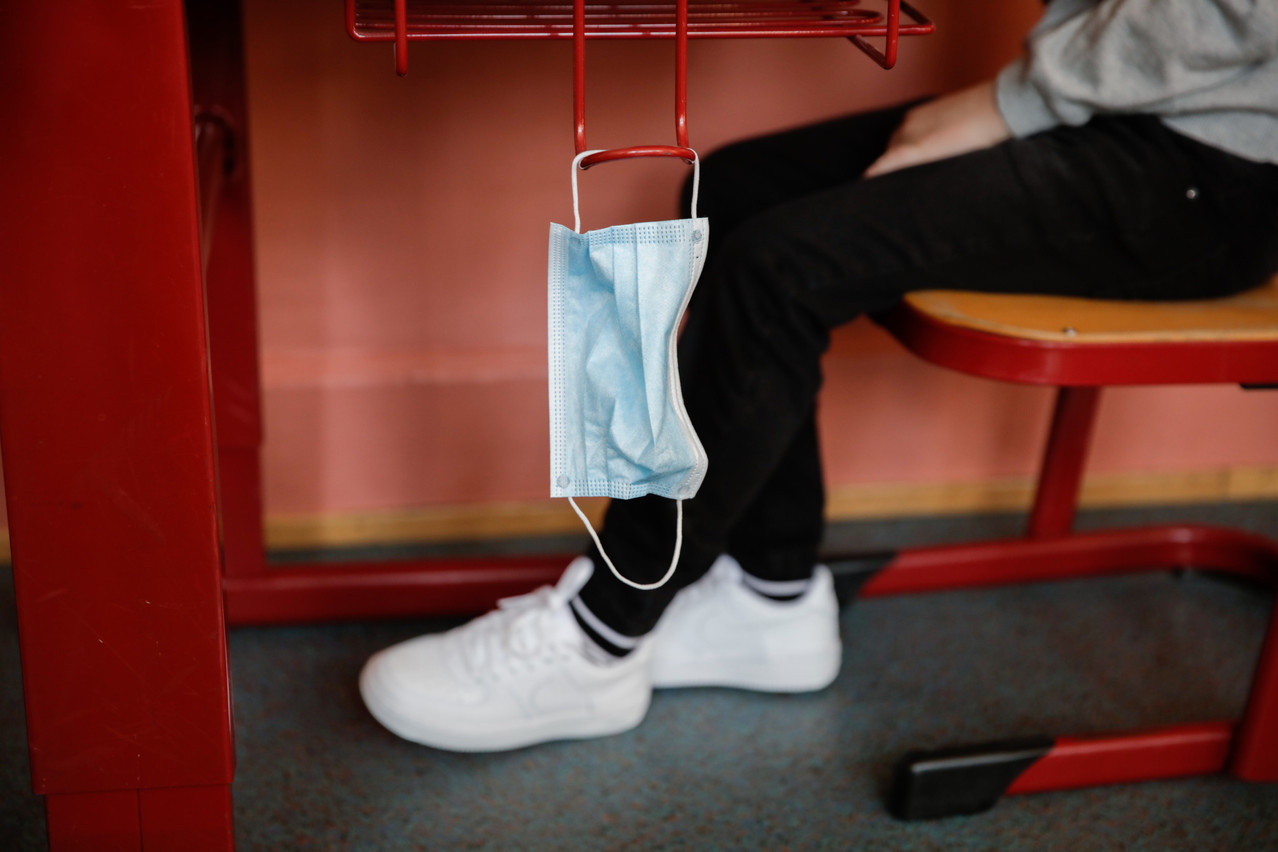The staff and pupils tested positive between 11 and 17 September and prompted the quarantine of children in the two daycare centre groups affected as well as the six primary school classes the children attend. Pupils at the Vauban school returned to the classroom on 8 September, a week ahead of the public school system.
Experts have warned that children who cannot yet get vaccinated could bear the brunt of the pandemic this autumn. And the 0-14 age group showed the highest infection rate in Luxembourg last week, with 158 cases per 100,000 inhabitants. Cases were up 30% in the week from 13 to 19 September, compared to the week before.
The age group of 15 to 29-year-olds came second with 111 infections per 100,000 inhabitants. The infection rate was lowest among those aged 60 or older, an age bracket that also boasts the highest vaccination rate.
Overall, the infection rate was 85 per 100,000. A total of 542 people tested positive for the coronavirus last week, roughly the same amount as the week before (553). However, the number of people those infected were in contact with rose by nearly a quarter, from 1,477 to 1,857 as people return to work and school.
More than two thirds (69%) of those infected were not or not fully vaccinated. None of the patients in intensive care had received their jabs. The average age of those hospitalised was 44. The average age of those tested positive dropped from 32.1 to 29.5 years of age.
The reproductive number was just under a target threshold of one, meaning one person infects one other person, at 0.98. And 1.87% of all 28,992 PCR tests carried out were positive.
The family circle was the single-biggest source of infection (30.9%), followed by foreign travel (25.5%), leisure activities (5%) and education (4%). In more than a quarter of cases, it was unclear where the person caught the infection.
Just under three quarters (72.5%) of the population eligible to get inoculated is fully vaccinated, compared to 64.1% of the total number of people living in the grand duchy.
